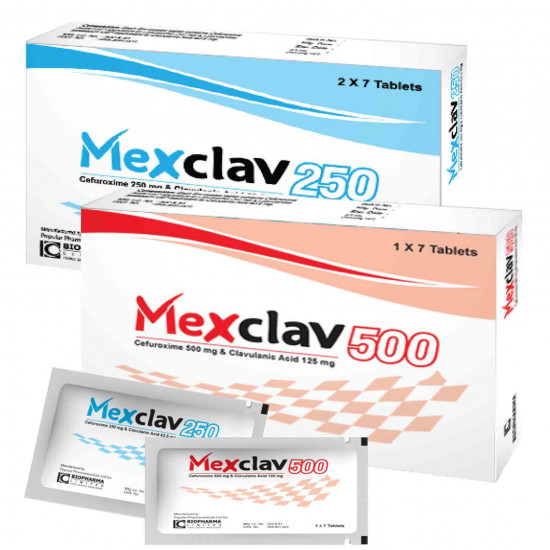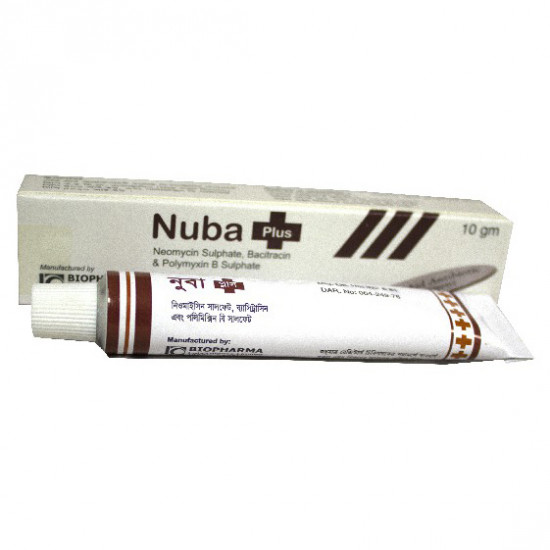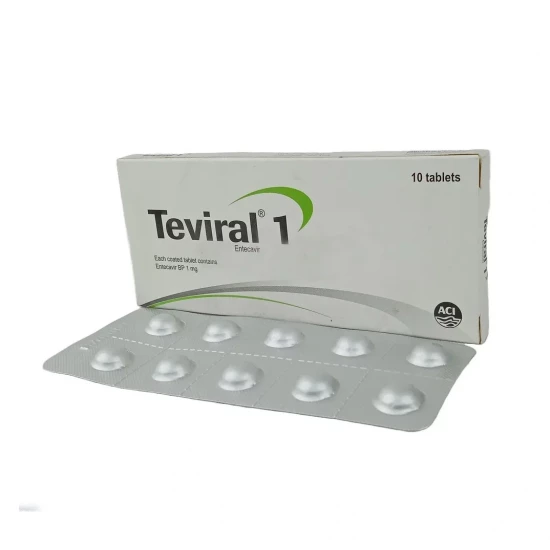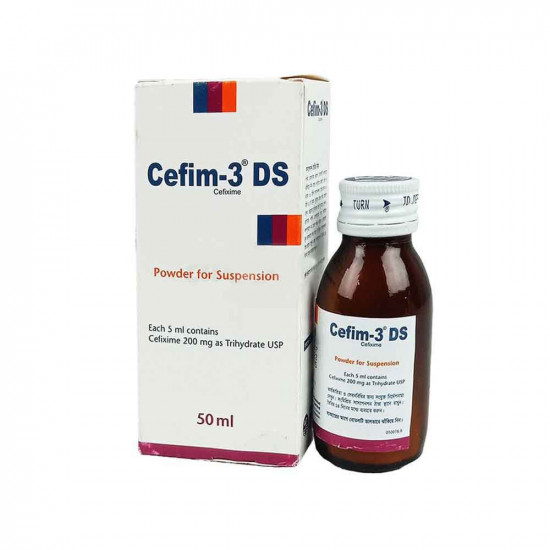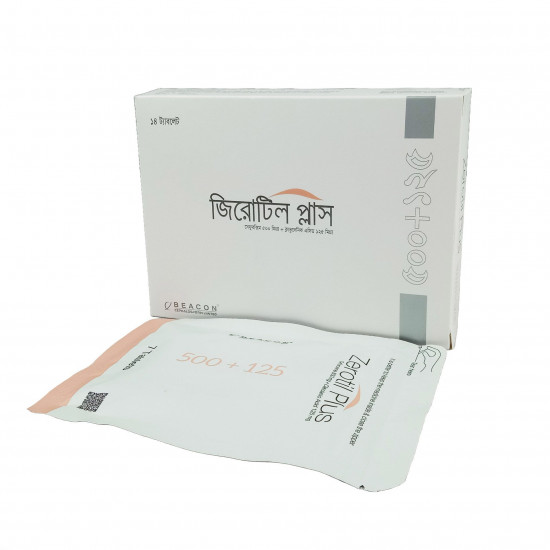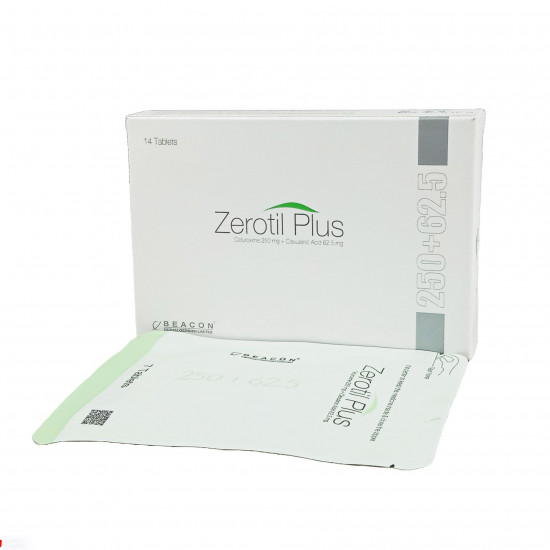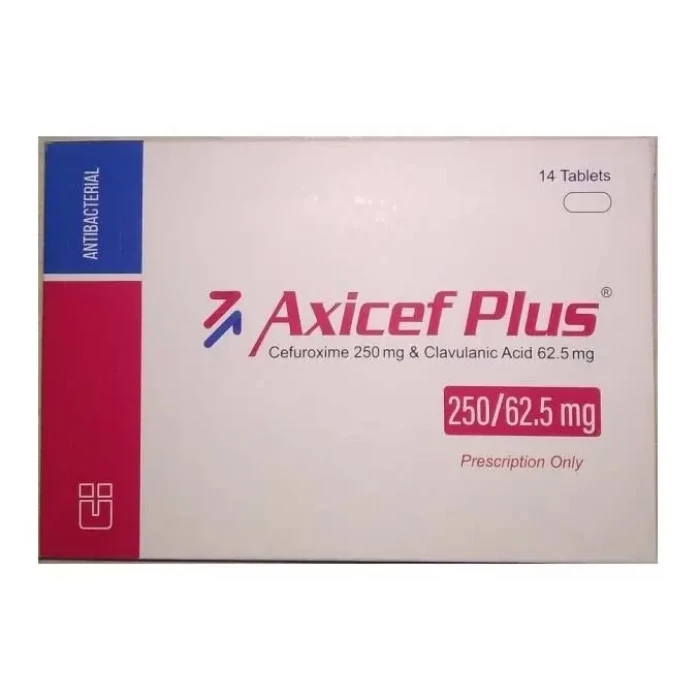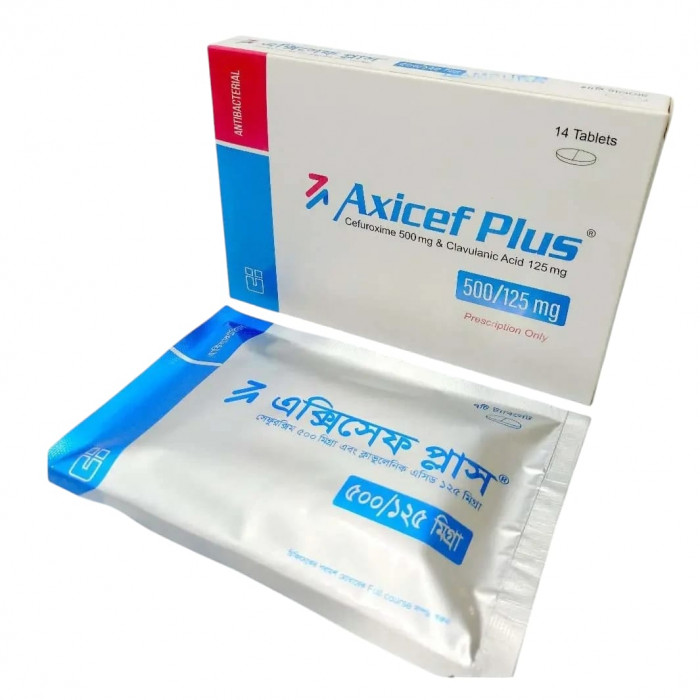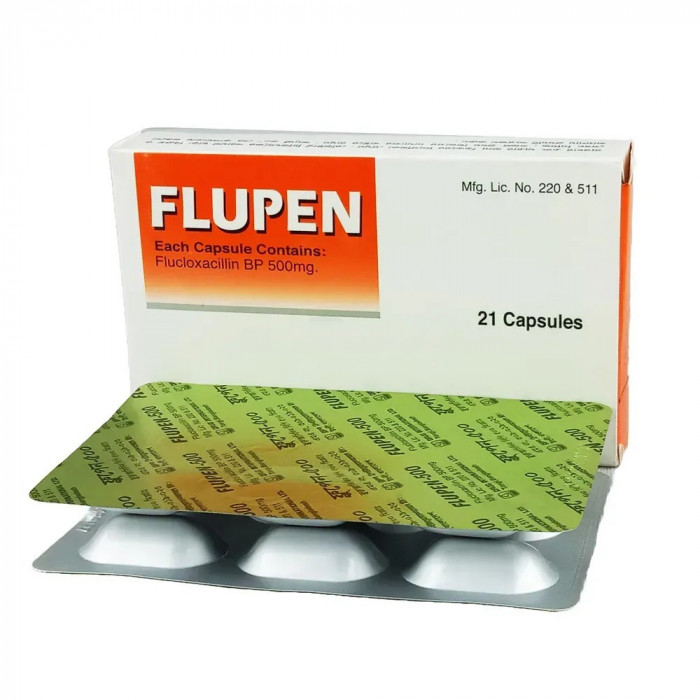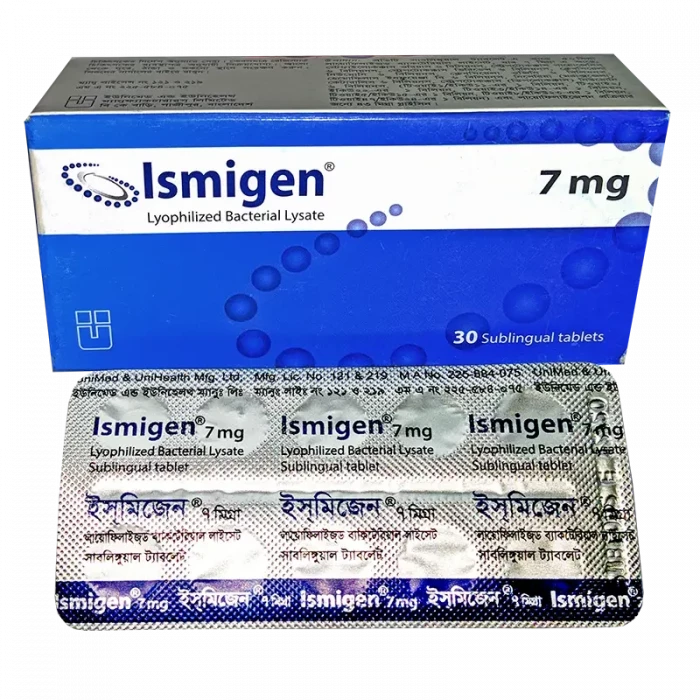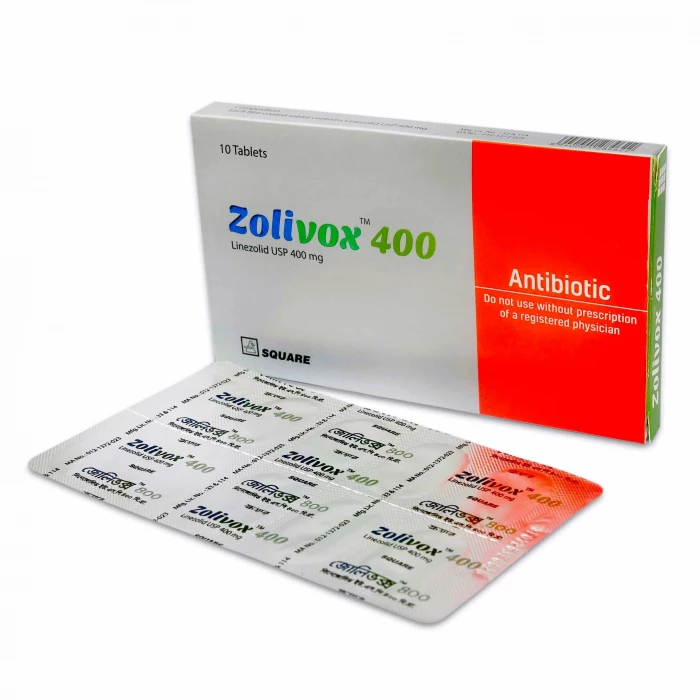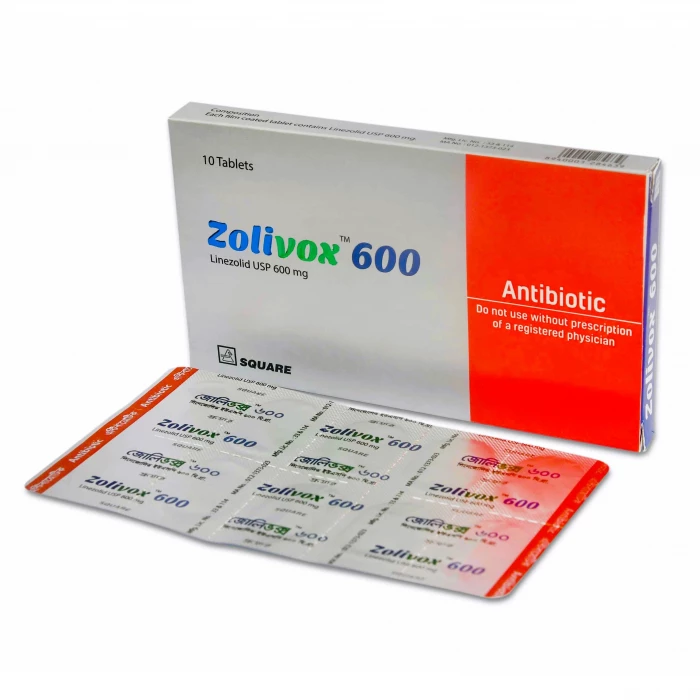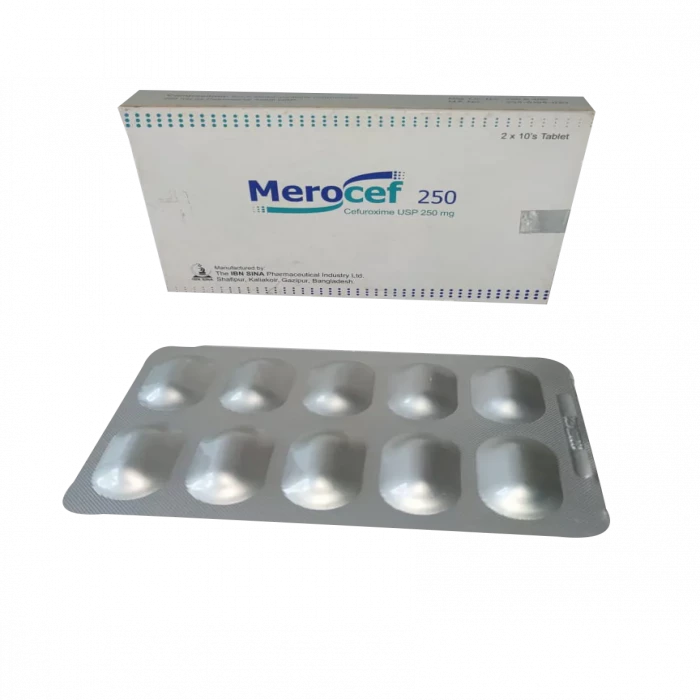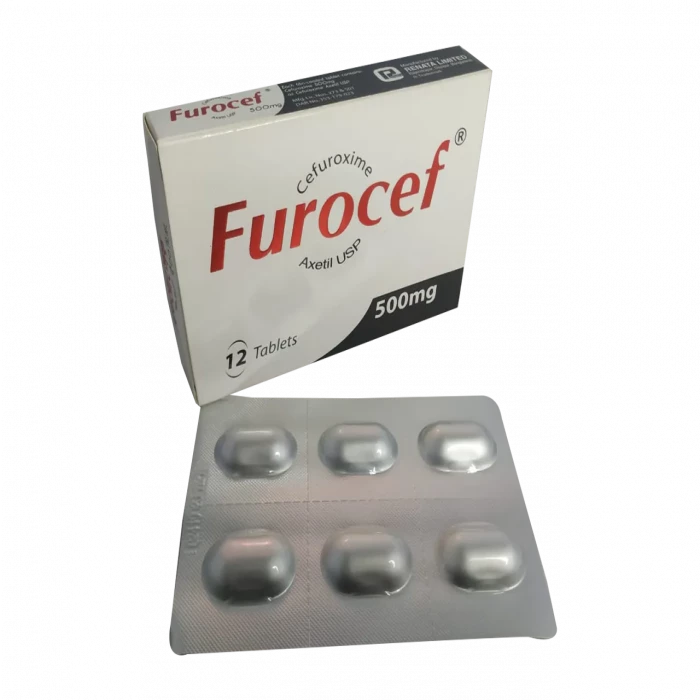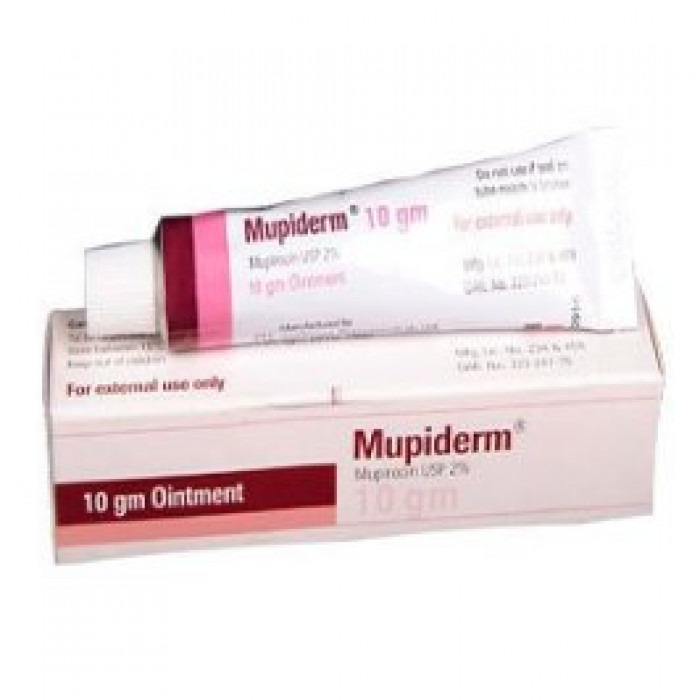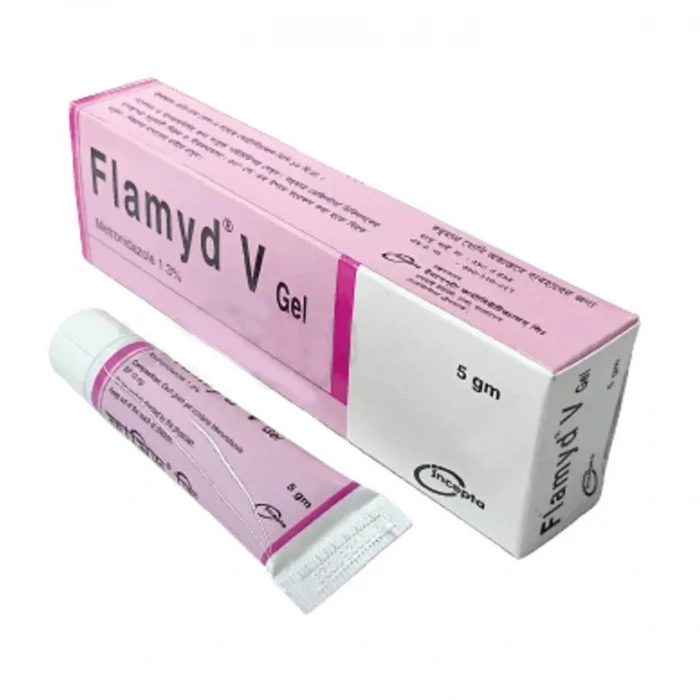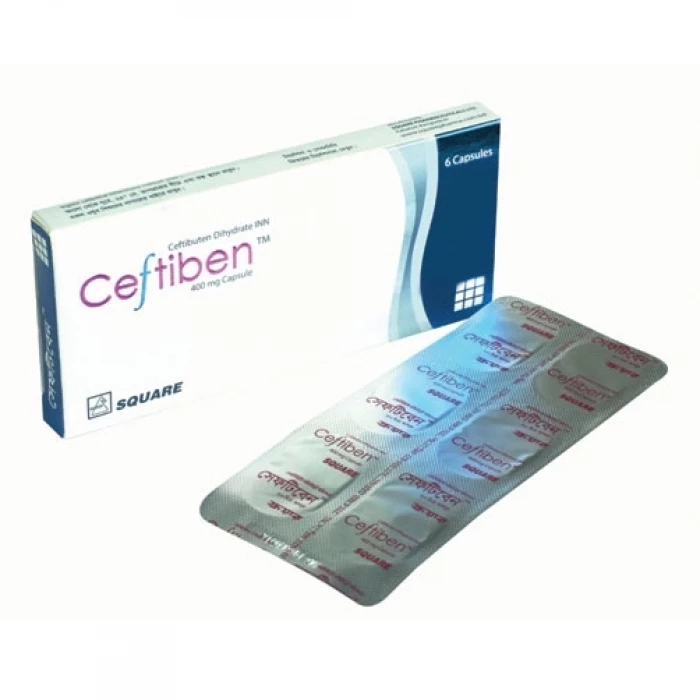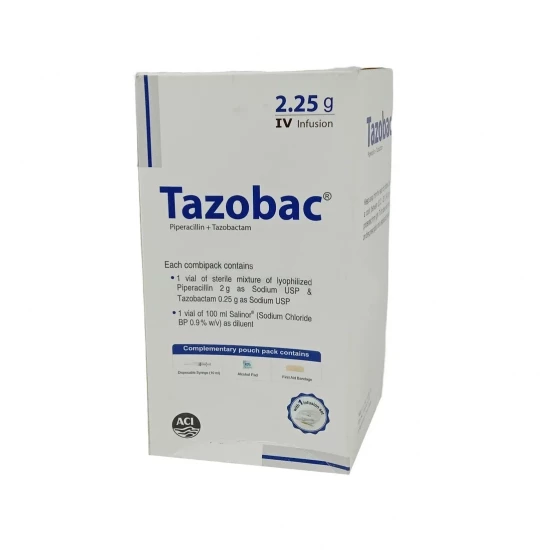
✔ 100% Authentic Product
👁️ Currently Viewing 1128
Tazobac 2.25 IV Infusion
Piperacillin: A broad-spectrum, semi-synthetic penicillin with bactericidal action via inhibition of cell wall and septum synthesis.
Tazobactam: A β-lactamase inhibitor that neutralizes many plasmid- and chromosomally-mediated enzymes responsible for penicillin resistance.
Together, the combination widens the antimicrobial spectrum to cover numerous β-lactamase–producing bacteria normally resistant to piperacillin alone.
Discount
Price: ৳ 572
MRP:
৳
602
5%
Off

100% Genuine Products, Guaranteed

Safe & Secure Payments, Always

Fast, Secure & Efficient Delivery

Proper Packaging
 Cash on Delivery - All over Bangladesh
Cash on Delivery - All over Bangladesh Regular Delivery - 12-24 Hours, Dhaka City* Charge Tk.39-59
Regular Delivery - 12-24 Hours, Dhaka City* Charge Tk.39-59 Regular Delivery - 24-48 Hours, Other Cities* Charge Tk.99-110
Regular Delivery - 24-48 Hours, Other Cities* Charge Tk.99-110
 ফ্রি ডেলিভারিঃ - ৯৯৯ টাকা+ অর্ডারে, ঢাকা
শহরে
ফ্রি ডেলিভারিঃ - ৯৯৯ টাকা+ অর্ডারে, ঢাকা
শহরে ফ্রি ডেলিভারিঃ - ২৯৯৯ টাকা+ অর্ডারে, ঢাকার
বাহিরে
ফ্রি ডেলিভারিঃ - ২৯৯৯ টাকা+ অর্ডারে, ঢাকার
বাহিরে
100% Genuine Products, Guaranteed
Safe & Secure Payments, Always
Fast, Secure & Efficient Delivery
Proper Packaging
 Cash on Delivery - All over Bangladesh
Cash on Delivery - All over Bangladesh Regular Delivery - 12-24 Hours, Dhaka City* Charge Tk.39-59
Regular Delivery - 12-24 Hours, Dhaka City* Charge Tk.39-59 Regular Delivery - 24-48 Hours, Other Cities* Charge Tk.99-110
Regular Delivery - 24-48 Hours, Other Cities* Charge Tk.99-110 ফ্রি ডেলিভারিঃ - ৯৯৯ টাকা+ অর্ডারে, ঢাকা
শহরে
ফ্রি ডেলিভারিঃ - ৯৯৯ টাকা+ অর্ডারে, ঢাকা
শহরে ফ্রি ডেলিভারিঃ - ২৯৯৯ টাকা+ অর্ডারে, ঢাকার
বাহিরে
ফ্রি ডেলিভারিঃ - ২৯৯৯ টাকা+ অর্ডারে, ঢাকার
বাহিরে
✅ Description:
Piperacillin + Tazobactam Injection | Tazobac 2.25 IV Infusion
This combination product contains Piperacillin, a penicillin-class antibacterial, and Tazobactam, a β-lactamase inhibitor. It is indicated for the treatment of moderate to severe infections caused by susceptible bacteria in the following conditions:
- Intra-abdominal infections: Complicated appendicitis (with rupture/abscess) and peritonitis caused by β-lactamase–producing Escherichia coli and species from the Bacteroides fragilis group (B. fragilis, B. ovatus, B. thetaiotaomicron, B. vulgatus).
- Skin and skin structure infections: Complicated/uncomplicated cases including cellulitis, abscesses, and ischemic/diabetic foot infections caused by β-lactamase–producing Staphylococcus aureus.
- Female pelvic infections: Postpartum endometritis and pelvic inflammatory disease caused by β-lactamase–producing E. coli.
- Community-acquired pneumonia (moderate severity): Due to β-lactamase–producing Haemophilus influenzae.
- Nosocomial pneumonia (moderate to severe): Caused by β-lactamase–producing Staphylococcus aureus and susceptible strains of Acinetobacter baumannii, H. influenzae, Klebsiella pneumoniae, and Pseudomonas aeruginosa. For Pseudomonas infections, use in combination with an aminoglycoside.
✔️ Side Effects
Skin: Rash, pruritus, purpura
GI system: Diarrhea, nausea, vomiting, abdominal pain, dyspepsia, constipation
General/systemic: Fever, chills, injection-site reactions
Immune: Hypersensitivity, anaphylaxis (rare but serious)
Other reported: candidiasis, pseudomembranous colitis, hypoglycemia, myalgia, arthralgia, insomnia, phlebitis, hypotension, flushing, epistaxis
✔️ Dosage & Administration
is Route: Intravenous infusion over 30 minutes.
Adults
Standard dose: 3.375 g every 6 hours (total 13.5 g/day: 12 g piperacillin + 1.5 g tazobactam).
Duration: Typically 7–10 days.
Nosocomial pneumonia: 4.5 g every 6 hours plus an aminoglycoside (total 18 g/day). Duration 7–14 days. Continue aminoglycoside if P. aeruginosa is isolated.
Pediatrics
≥9 months, ≤40 kg: 100 mg piperacillin + 12.5 mg tazobactam/kg every 8 hrs.
2–9 months: 80 mg piperacillin + 10 mg tazobactam/kg every 8 hrs.
40 kg: Use adult dosing.
Dosing for children with renal impairment has not been established.
- Pediatrics: Safe in ≥2 months with appendicitis/peritonitis; renal dosing not defined.
- Geriatrics: No age-specific risk, but dose adjustment required in renal impairment.
- Renal impairment: Reduce dose if creatinine clearance ≤40 mL/min; adjust for hemodialysis/CAPD.
- Hepatic impairment: No dose adjustment needed.
- Cystic fibrosis: Higher risk of rash and fever.
✔️ Reconstitution & Administration
- Reconstitute vial with 20 mL 0.9% sodium chloride. Mix thoroughly until dissolved.
- Transfer solution to IV bag with 0.9% sodium chloride.
- Infuse over 30 minutes.
- Use immediately after reconstitution.
- Stability: Up to 24 hrs at room temp (20–25°C) or 48 hrs refrigerated (2–8°C).
- Do not freeze after reconstitution.
✔️ Drug Interactions
- Aminoglycosides: May be inactivated by piperacillin; monitor levels in renal impairment.
- Probenecid: Prolongs half-life of both drugs by inhibiting renal secretion—coadministration not recommended unless necessary.
- Anticoagulants: Monitor coagulation parameters when used with heparin, oral anticoagulants, or platelet-affecting drugs.
- Vecuronium & other non-depolarizing muscle relaxants: Risk of prolonged neuromuscular blockade.
- Methotrexate: Reduced clearance possible—monitor methotrexate levels and toxicity signs.
✔️ Contraindications
Known hypersensitivity to penicillins, cephalosporins, or β-lactamase inhibitors.
✔️ Pregnancy & Lactation
Crosses the placenta. Insufficient human data to confirm risks of birth defects/miscarriage.
Piperacillin is excreted in breast milk; tazobactam excretion has not been studied. Effects on nursing infants and milk production are unknown.
✔️ Precautions & Warnings
Risk of serious hypersensitivity reactions (anaphylaxis, anaphylactoid).
Severe cutaneous adverse reactions possible (e.g., Stevens-Johnson syndrome, TEN, DRESS, AGEP).
Hematologic effects (bleeding, leukopenia, neutropenia) – monitor blood counts in prolonged use.
May increase nephrotoxicity risk in critically ill patients. Monitor renal function.
Risk of Clostridium difficile–associated diarrhea.
Use caution in patients with renal impairment, cystic fibrosis, or prolonged therapy.
✔️ Storage Conditions
Store powder at below 30°C, protected from light and moisture.
Keep out of reach of children.
⚠️Disclaimer:
At ePharma, we’re committed to providing accurate and accessible health information. However, all content is intended for informational purposes only and should not replace medical advice from a qualified physician. Please consult your healthcare provider for personalized guidance. We aim to support, not substitute, the doctor-patient relationship.




